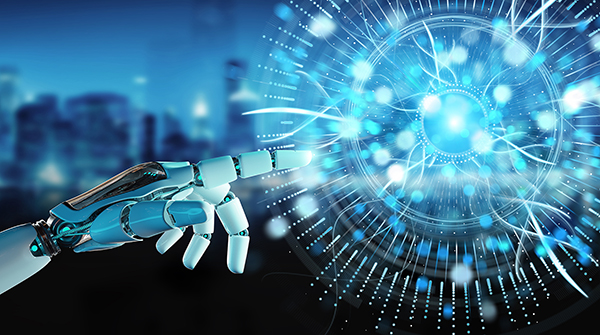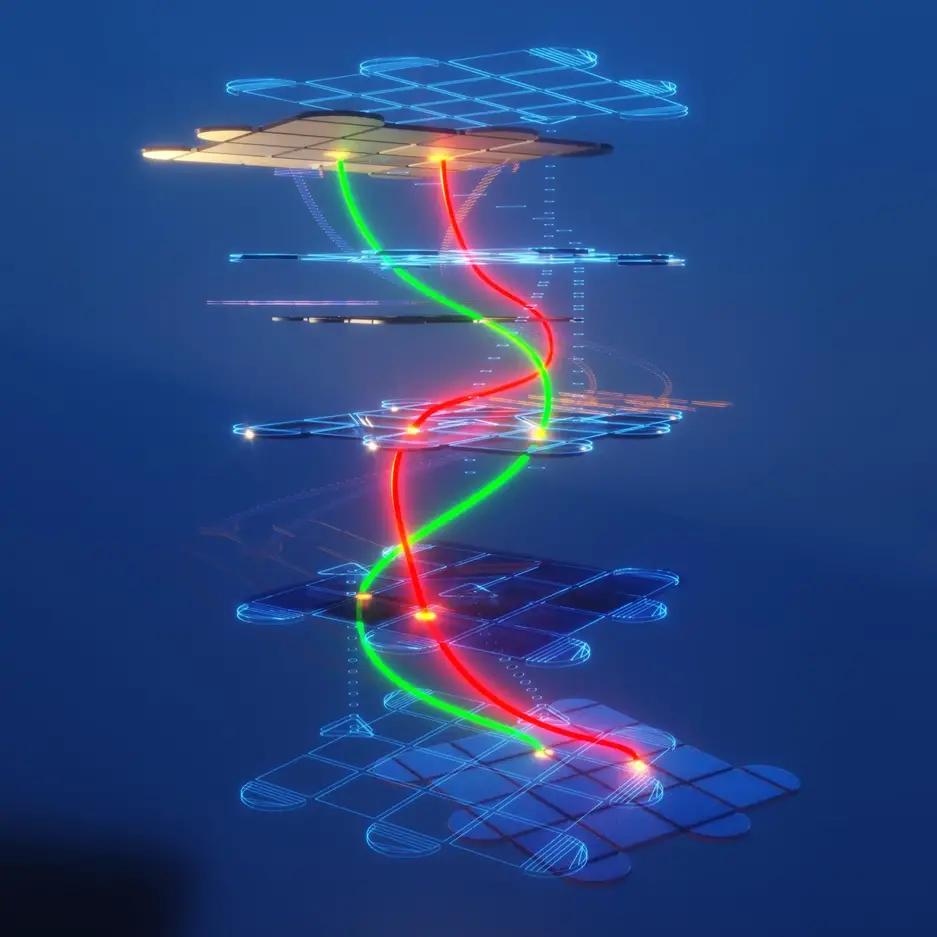Home >Technology peripherals >AI >Quantum computing has achieved a revolutionary breakthrough! Google Quantum AI discovers weaving non-Abelian anyons
Quantum computing has achieved a revolutionary breakthrough! Google Quantum AI discovers weaving non-Abelian anyons
- 王林forward
- 2023-05-20 11:59:141164browse

May 19 Google’s research team Google Quantum AI recently stated that it has observed braided non-Abelian Anyons for the first time. The breakthrough could revolutionize quantum computing, making it more robust to noise and opening up a new path to topological quantum computing.
Intuitively, it is impossible to see whether two identical objects have been exchanged, and this is true for all particles observed so far.

Google Quantum AI researchers observe for the first time the bizarre effect of knitting non-Abelian anyons
Non-Abelian anyons (the only ones predicted to break this A regular particle) is on the radar of researchers because of its fascinating properties and its potential to revolutionize quantum computing by making its operations more robust to noise. Microsoft and other companies have chosen this approach to research quantum computing. But researchers in this field have been working on this for decades, so observing non-Abelian anyons and their bizarre behavior is very challenging.
Google Quantum AI’s discovery, research and observation of non-Abelian anyons
In a paper published in the journal Nature on May 11, Google Quantum AI’s research Researchers have announced that they have observed the peculiar behavior of non-Abelian anyons for the first time using one of their superconducting quantum processors. They also demonstrated how this phenomenon can be exploited for quantum computing. Earlier this week, quantum computing company Quantum released another research report on the topic, supplementing the findings of Google Quantum AI. These results open up a new avenue for topological quantum computation, in which operations are achieved by twisting non-Abelian anyons together like a braid.
TrondI Andersen, a team member at Google Quantum AI and first author of the paper, said: "This first observation of the exotic effects of non-Abelian anyons really highlights the exciting possibilities that we can now access with quantum computers. Phenomenon."
He said that you can imagine that people observe two identical objects at the same time, and then close their eyes. After opening their eyes, the two objects still look exactly the same. So whether they are sure Have been exchanged? Intuition tells people that if two objects are really the same, there is no way to tell them apart.
Quantum mechanics also supports this intuition, but only in the familiar three-dimensional world. If the same object is constrained to move in a two-dimensional plane, people's intuition may sometimes fail, and quantum mechanics allows some strange things to happen: non-Abelian anyons retain a kind of memory - even though non-Abelian anyons are completely Same, but it's possible to tell when two of them were swapped.
This "memory" is regarded as a continuous line in space and time, which can be called the "world line" of non-Abelian anyon particles. When two non-Abelian anyons are exchanged, their "world lines" become entangled with each other. Weaving them correctly, combining and weaving together can build the basic operations of a topological quantum computer.
The team first prepared a superconducting qubit in an entangled quantum state that is nicely represented by a “chessboard”—a familiar term to the Google research team. configuration, they recently demonstrated a milestone in quantum error correction using this setup. A type of particle emerged in a chessboard arrangement called an Abelian anyon, which, although not very relevant, was less useful.
To observe the behavior of non-Abelian anyons, the researchers stretched and compressed the qubit's quantum state, converting the checkered pattern into oddly shaped polygons. Specific vertices in these polygons carry non-Abelian anyons. Using a protocol developed by Cornell physics professor Eun-Ah Kim and former postdoc Yuri Lensky, the team could move non-Abelian anyons by continuing to deform the lattice and shift the positions of non-Abelian vertices.
In a series of experiments, Google researchers observed the behavior of these non-Abelian anyions and how they interacted with more ordinary Abelian anyions. Entangling the two types of particles together produced strange phenomena - as the particles tangled together and collided, they mysteriously disappeared, then reappeared, and changed from one type to the other. Most importantly, the Google Quantum AI research team observed a signature of non-Abelian anyions: when two of them are exchanged, it causes a measurable change in the quantum state of their system—a An astonishing phenomenon that has never been observed before.
Finally, the team demonstrated how non-Abelian anyons can be woven into quantum computing. By weaving together several non-Abelian anyons, they were able to create a well-known quantum entangled state called a Greenberg-Horn-Salinger (GHZ) state.
Microsoft and quantum computing company Quantum are also studying non-Abelian anyons
The core of the research method selected by Microsoft is to study the physics of non-Abelian particles to apply to its quantum computing work. As they try to engineer material systems that host these anyons, Google's research team has now shown that the same type of physics can be achieved on their superconducting processor.
Quantum computing company Quantum recently released an impressive study that also demonstrated non-Abelian weaving, in this case using a trapped ion quantum processor. Andersen is pleased to note that other quantum computing groups are also working on non-Abelian braiding. He said: "It will be a very interesting study how to use non-Abelian anyons in future quantum computing and whether their special behavior can become the key to fault-tolerant topological quantum computing."
The above is the detailed content of Quantum computing has achieved a revolutionary breakthrough! Google Quantum AI discovers weaving non-Abelian anyons. For more information, please follow other related articles on the PHP Chinese website!
Related articles
See more- Technology trends to watch in 2023
- How Artificial Intelligence is Bringing New Everyday Work to Data Center Teams
- Can artificial intelligence or automation solve the problem of low energy efficiency in buildings?
- OpenAI co-founder interviewed by Huang Renxun: GPT-4's reasoning capabilities have not yet reached expectations
- Microsoft's Bing surpasses Google in search traffic thanks to OpenAI technology

